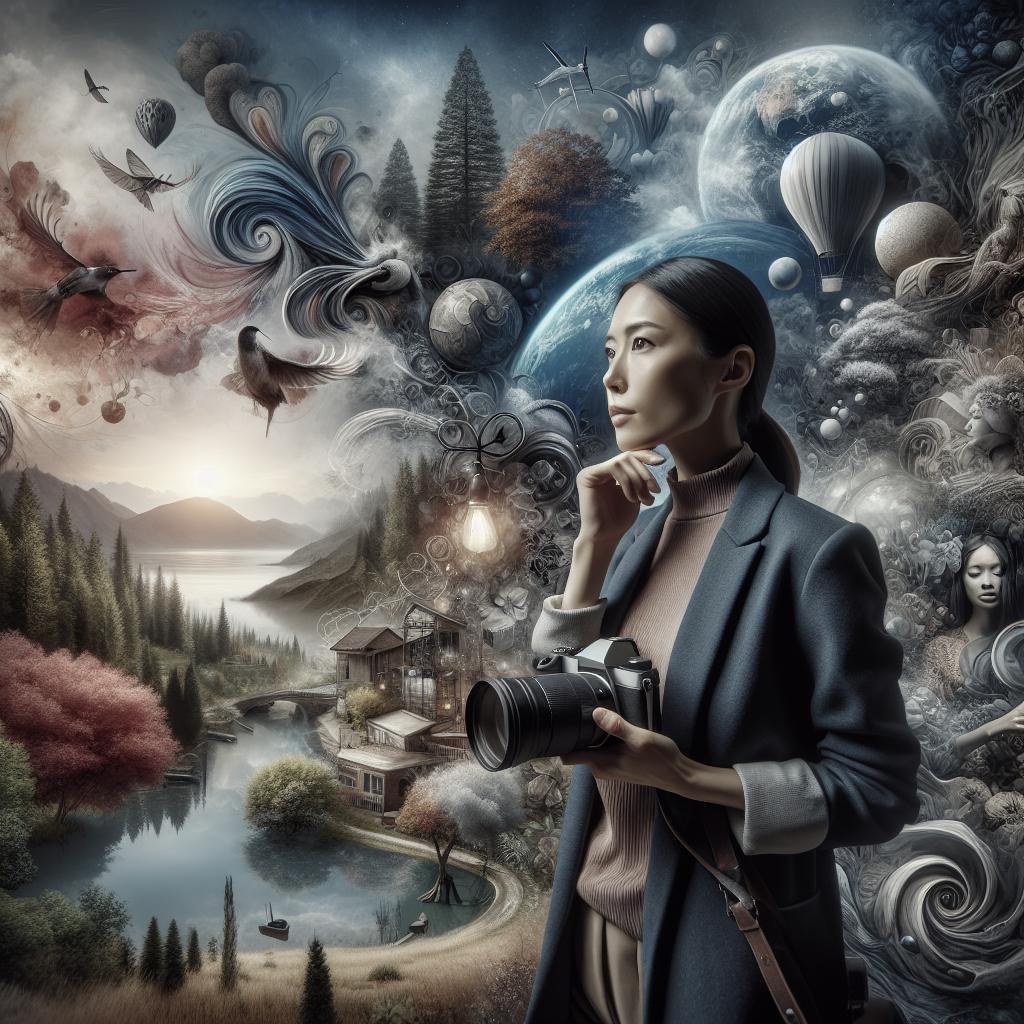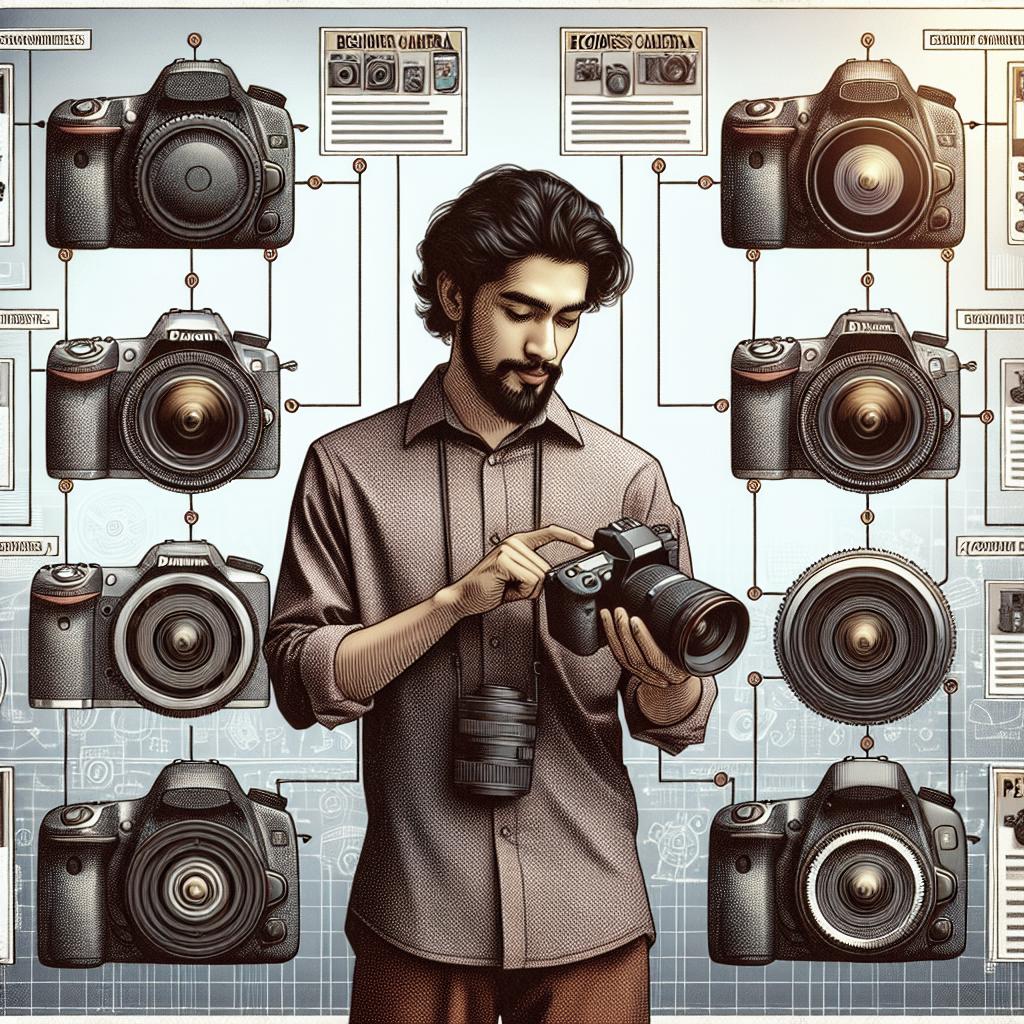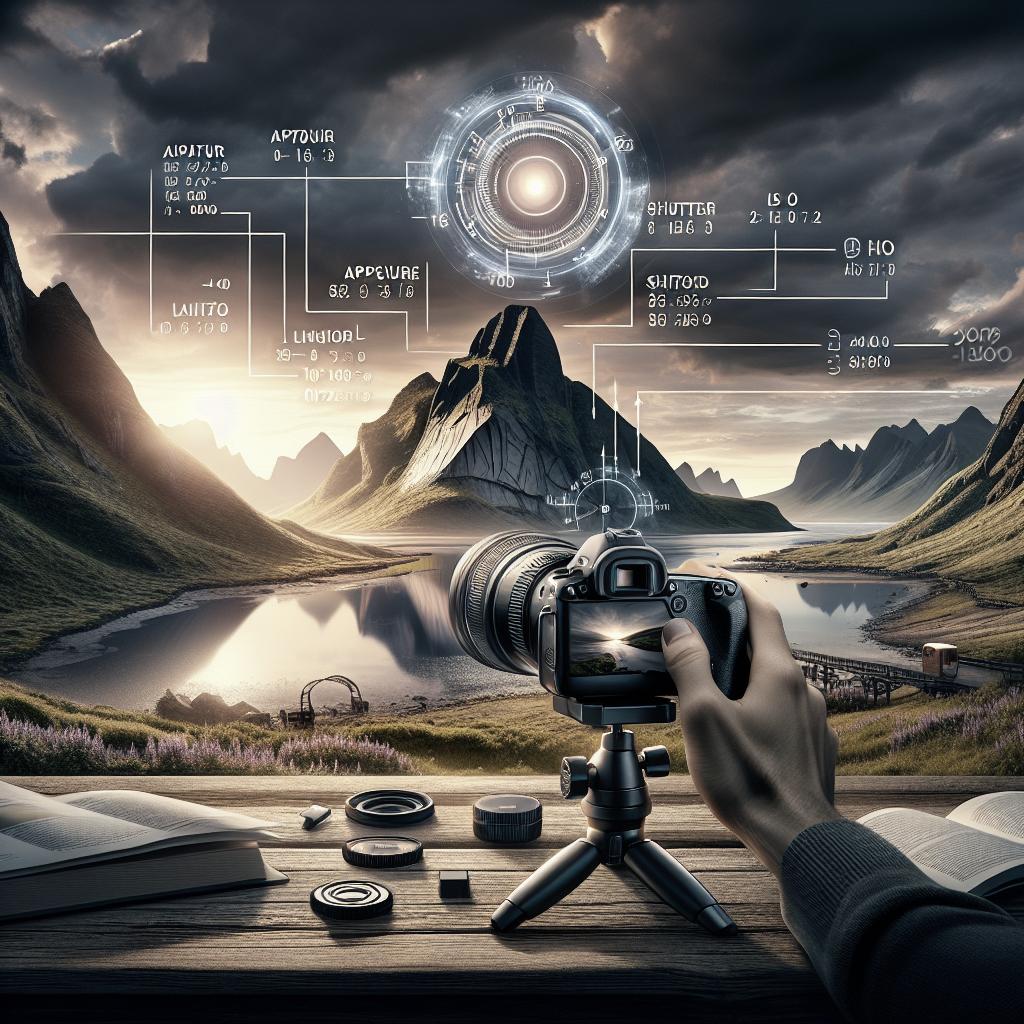“`html
What Inspires Fine Art Photographers?
Fine art photography goes beyond capturing what the eye sees, transforming everyday moments into captivating works of art. What propels these photographers to venture beyond the conventional? This blog explores the sources of inspiration for fine art photographers, addressing whether inspiration is truly essential for crafting compelling art. We’ll delve into what defines fine art photography, provide solutions for creatives battling creative blocks, and discuss strategies for reaching the right audience. We also highlight influential photographers, worthwhile books, insightful documentaries, and resourceful apps that might just kindle your artistic spark.
A photographer’s perspective on inspiration and if it’s really needed to create great art
In the world of fine art photography, inspiration is often considered the magical element that distinguishes good art from great art. It emanates from diverse sources — nature, emotions, or even the mundane. Some assert that without inspiration, art lacks soul, rendering it lifeless. However, is inspiration truly indispensable?
Many photographers argue that while inspiration fuels the creative process, it’s not always the driving force behind excellent art. Skill and technical proficiency can elevate art to outstanding heights, even in the absence of a ‘light-bulb moment.’ Fundamentally, it’s a blend of both — blending moments of clarity with refined skills to craft meaningful photography.
The notion that great art demands inspiration often pressures artists, potentially hindering their creativity. Yet, embracing a flexible approach — where inspiration isn’t mandatory but welcomed — can allow photographers to operate freely and explore their artistic vision uninhibitedly.
What does it mean to create fine-art photography?
Fine art photography transcends traditional photography by focusing on ideological expression over conventional representation. It’s not merely about capturing what lies in front of the lens but interpreting and infusing personal vision and concepts. This approach transforms reality into subjective narratives that reflect the photographer’s sentiment and commentary.
Creating fine-art photography involves abstraction and experimentation with themes, colors, and forms. Artists often step outside the boundaries of realism, embracing metaphor and symbolism to provide a distinctive perspective. Each piece becomes an evocative reflection of thought and emotion, distinguishing it from generic images.
The process often involves meticulous planning and execution where photographers stage elements or manipulate environments to craft a specific visual story. This methodical, creative approach allows them to engage audiences, inviting viewers to unfold varying interpretations and emotional connections.
Feeling stuck or don’t know where to start with your fine-art photography?
Things to Try When You Feel Stuck:
Creative blocks are common in the artistic journey, but overcoming them can lead to heightened creativity and new discoveries. Metaphorically stepping outside the box can help; try delving into different genres of photography, or altering your usual approach with techniques like long exposure, abstract lighting, or unusual framing.
Experimenting with subjects can also help rekindle inspiration. If human subjects dominate your portfolio, consider landscapes, still life, or vice versa. Exploring various environments or revisiting familiar places with a new perspective can uncover unexplored potential.
Collaborative projects also pave the way for new ideas. Partnering with other photographers or artists enables sharing perspectives, thus igniting motivation. Workshops, online courses, or artistic community groups can provide fresh insights and encouragement, reigniting your artistic spirit.
How to find an audience for your fine-art photography
Building an audience requires not only showcasing your talent but also engaging with communities and networks that appreciate and discuss art. Galleries, online platforms such as Instagram, and photography forums offer valuable opportunities for exposure and meaningful interactions with art admirers.
Develop an online presence with a professional portfolio and leverage social media platforms to reach wider audiences. Attend exhibitions and enter competitions, which can lead to visibility among curators, critics, and collectors who might champion your work.
Networking with fellow artists and joining local art collectives can expand your reach. Engagement is crucial — participate in discussions, offer comments, and establish relationships with influencers and peers who share similar passions or interests.
Contemporary Fine-Art Photographers:
Today’s fine-art photographers, such as Cindy Sherman and Andreas Gursky, push creative boundaries by blending conceptual art with photography. Their works provoke dialogue and inspire emerging photographers by showcasing bold, unique perspectives.
By studying renowned photographers, you can glean insights into different approaches and narrative techniques, potentially sparking ideas for your own projects. Ultimately, learning and appreciating diverse styles contribute to evolving your personal artistic vision.
Photography Books:
Books like Alec Soth’s “Sleeping by the Mississippi” or Sally Mann’s “Immediate Family” provide profound insights into the emotive capacity of fine-art photography. They illustrate the power of personal narratives and the ability to evoke moods beyond surface-level aesthetics.
Photography anthologies and monographs can also reveal the contextual layers behind iconic images. Studying these works may offer new perspectives on story-telling techniques and thematic exploration within the domain of fine art.
Documentaries:
Documentaries about photographers, such as “Annie Leibovitz: Life Through a Lens” or “Finding Vivian Maier,” reveal the passionate journeys of these artists and their creative processes. Such stories demonstrate the resilience and determination required to succeed in the art world, motivating burgeoning photographers.
Documentaries can also expose you to challenges faced by photographers, thereby offering reassurance and perspective. Embracing such content may ignite inspiration, providing a connection to the larger community of photo artists.
Apps:
Several apps aim to nurture photographers with creative prompts or provide platforms for artistic exchange. Apps like Instagram prove useful for capturing and sharing creative endeavors with a global audience. They also establish networking opportunities among photography circles.
Editing apps such as VSCO or Adobe Lightroom assist in refining visual aesthetics, allowing photographers to experiment with various image treatments. Exploring these digital avenues can offer new directions for expanding one’s artistic repertoire.
“`


